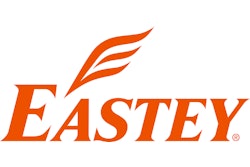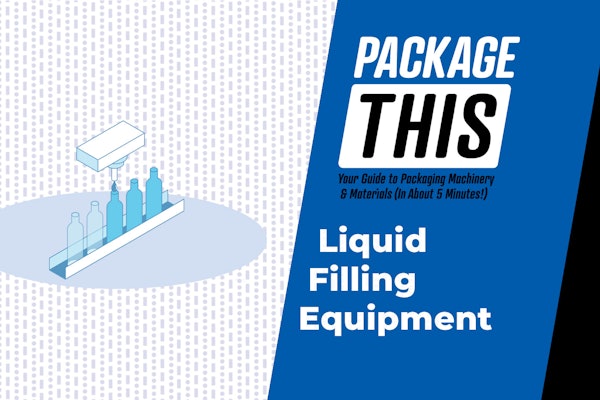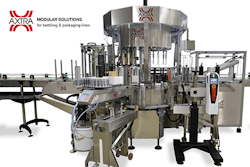Find out how wrapping machines can be used for many different applications and products in the latest Package This episode.
Welcome to Package This 201 — your guide to packaging machinery and materials, produced by the Emerging Brands Alliance in conjunction with Packaging World and PMMI, the Association for Packaging and Processing Technologies.
In today’s episode, we’ll cover the family of machines known as Wrapping Equipment. While there are many types of wrappers covering a broad range of applications, they all have one thing in common: they take a flexible packaging material — such as film, foil, or paper — and envelop it around a product.
One of the most widely used types of wrapping equipment is flow wrappers. They wrap individual packages or products by forming a continuous stream of material into a tube shape around the item that is later sealed and cut. Flow-wrapped products can be found all over the grocery store — individually wrapped candy bars and granola bars are just two examples. This technology can also be used in many other applications, from medical devices to non-food items.
Syntegon’s Pack 301 LS solution is an example of a horizontal flow wrapping machine. As trays of biscuits are fed into the machine, film from an overhead roll wraps around the product. Crimper jaws then immediately cut and seal the ends, forming a package that preserves freshness. While this video shows the machine in a biscuit packaging application, Syntegon designed the Pack 301 LS for flexibility and fast format changes, so it handles a wide range of products. Because flow wrappers are often used during long production runs in food packaging, they need to be reliable under continuous operation and require a high-level of sanitation. Syntegon built this machine to be robust, using production-proven technology and high-quality parts. It also features a clean, stainless steel construction for easy accessibility and cleaning.
Shrink wrappers are another type of wrapper that uses heat-shrinkable film. These machines run all sizes of products, including items with irregular shapes or sharp edges. Shrink wrapping machines come in a wide range of formats from manual to automatic models.
In this video, we see an operator demonstrating a shrink wrapper with a manual L-Bar type sealer from Eastey. First, the operator feeds the item through an adjustable product tray that easily separates the film and accommodates a variety of product sizes. The operator then lowers the L-Bar to create the initial seal. Next, the sealed product is fed into a heat tunnel, which applies heat to shrink the thermoplastic film tightly, forming a protective, clean, and tamper-proof seal. Many shrink wrappers typically handle more than one type of film. For example, this Eastey model can shrink most polyolefin, polyethylene and PVC films. Eastey also equips this unit with a takeaway conveyor that can be raised or lowered to center the seal on the product.
Overwrappers are machines that are typically designed to package flat, straight-edged products such as cartons or flat boxes. Overwrapping equipment is often used to provide an additional layer of protection to a primary package, such as wrapping clear plastic film over a small carton containing a perfume bottle or personal care item. The overwrapping process starts by pushing the product through heat-sealable film that is cut from a larger roll. The film is then tucked and folded around the product before heated plates seal the film with a tight crease, giving the package an appearance that is reminiscent of gift wrapping.
Last but not least is a specialty type of wrapping machine: twist wrappers. Also known as bunch wrappers, these machines are widely used in the confectionery industry to package small, individual units such as hard candies, bonbons or caramel rolls. In a typical twist wrapping application, the product is fed and staged in line for wrapping. At the same time, the machine unwinds the film rollstock to get the precise amount of film needed to wrap the product, cuts the film to size, and pushes the piece to be wrapped into place around the film. Then the rotary grippers grab the two ends to quickly fold and twist film around the product, forming the double twist wrap.
As we have seen, wrapping machines can be used to package a wide range of goods, from small round items to rectangular cartons, horizontal trays, and large flat products. We hope you enjoyed this video and learned a little bit about some of the most common types of wrapping equipment.
For more videos on packaging machinery and materials, please subscribe to our full Package This 201 series on YouTube. Looking for a searchable directory with 1,000 packaging and processing suppliers? Visit ProSource.org to search suppliers by package type, material, or features. Thanks for watching!
































